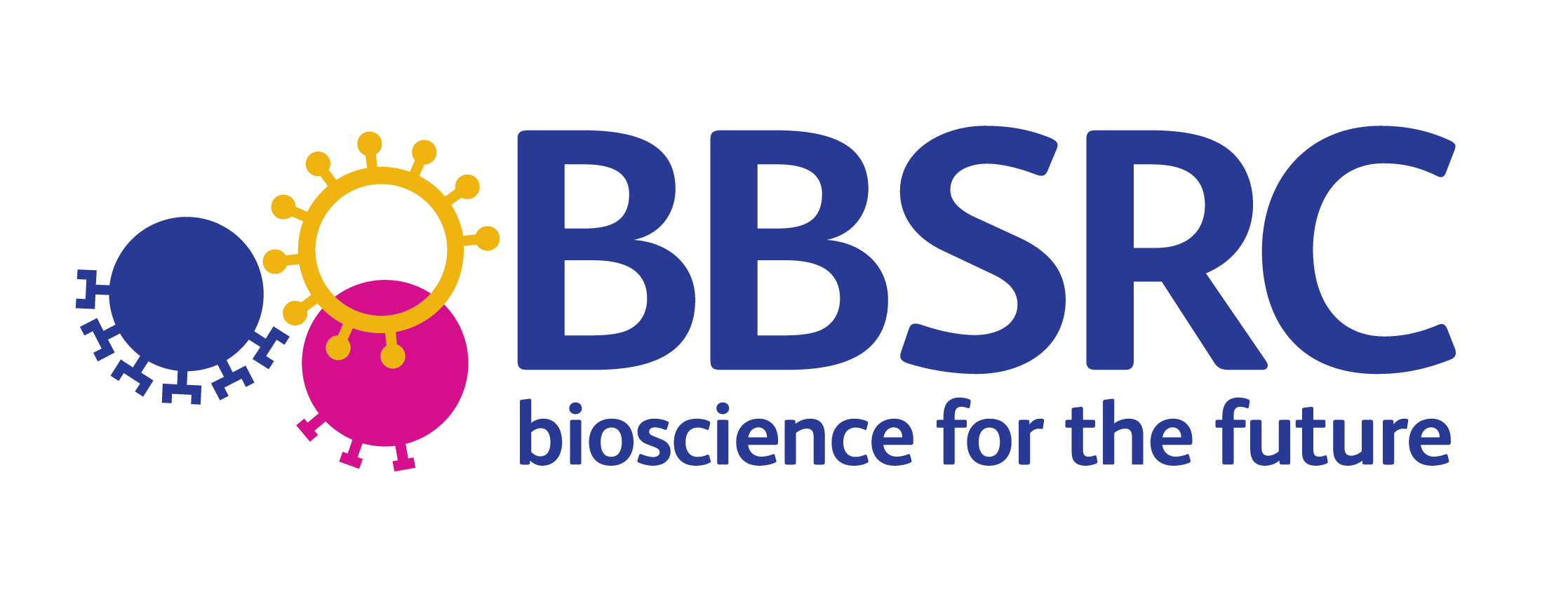New article describing annotated corpus and detection methods for phenotypic information about COPD
2019-05-10
We are pleased to announce the publication of a new article in JAMIA Open describing the construction of a new annotated corpus for phenotypic information about COPD, and novel methods for detecting this information automatically.
Meizhi Ju, Andrea D. Short, Paul Thompson, Nawar Diar Bakerly, Georgios Gkoutos, Loukia Tsaprouni and Sophia Ananiadou (2019) Annotating and detecting phenotypic information for chronic obstructive pulmonary disease, JAMIA Open, ooz009, https://doi.org/10.1093/jamiaopen/ooz009
Abstract
Objectives
Chronic obstructive pulmonary disease (COPD) phenotypes cover a range of lung abnormalities. To allow text mining methods to identify pertinent and potentially complex information about these phenotypes from textual data, we have developed a novel annotated corpus, which we use to train a neural network-based named entity recognizer to detect fine-grained COPD phenotypic information.
Materials and methods
Since COPD phenotype descriptions often mention other concepts within them (proteins, treatments, etc.), our corpus annotations include both outermost phenotype descriptions and concepts nested within them. Our neural layered bidirectional long short-term memory conditional random field (BiLSTM-CRF) network firstly recognizes nested mentions, which are fed into subsequent BiLSTM-CRF layers, to help to recognize enclosing phenotype mentions.
Results
Our corpus of 30 full papers (available at: http://www.nactem.ac.uk/COPD) is annotated by experts with 27 030 phenotype-related concept mentions, most of which are automatically linked to UMLS Metathesaurus concepts. When trained using the corpus, our BiLSTM-CRF network outperforms other popular approaches in recognizing detailed phenotypic information.
Discussion
Information extracted by our method can facilitate efficient location and exploration of detailed information about phenotypes, for example, those specifically concerning reactions to treatments.
Conclusion
The importance of our corpus for developing methods to extract fine-grained information about COPD phenotypes is demonstrated through its successful use to train a layered BiLSTM-CRF network to extract phenotypic information at various levels of granularity. The minimal human intervention needed for training should permit ready adaption to extracting phenotypic information about other diseases.
| Previous item | Next item |
| Back to news summary page |
Featured News
- 1st Workshop on Misinformation Detection in the Era of LLMs - Presentation slides now available
- Prof. Ananiadou appointed Deputy Director of the Christabel Pankhurst Institute
- ELLIS Workshop on Misinformation Detection - Presentation slides now available
- Prof. Sophia Ananiadou accepted as an ELLIS fellow
- BioNLP 2025 and Shared Tasks accepted for co-location at ACL 2025
- Prof. Junichi Tsujii honoured as Person of Cultural Merit in Japan
Other News & Events
- AI for Research: How Can AI Disrupt the Research Process?
- CL4Health @ NAACL 2025 - Extended submission deadline - 04/02/2025
- Invited talk at the 15th Marbach Castle Drug-Drug Interaction Workshop
- Participation in panel at Cyber Greece 2024 Conference, Athens
- Shared Task on Financial Misinformation Detection at FinNLP-FNP-LLMFinLegal








